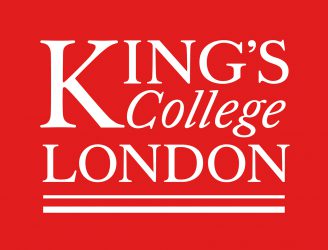Leaders aren’t born; they are made. The Art of Leadership provided students with an exciting, hands-on approach to leading. It interactively engaged students to develop their leadership potential with innovative lessons and challenges.

During lectures, the course explored core leadership concepts such as the distinction between leadership and authority, adaptive challenge/work, as well as transactional and transformational leadership. The most stimulating part, however, was applying critical leadership skills, including problem solving and decision-making, emotional intelligence, communication, and strategic action to real world situations. The students had to be prepared for challenges at any moment!
For instance, they were thrown into hot water and tasked to design and mobilize teams. They learned how to advance their interests strategically and to utilize networks. And they received a glimpse into manifold challenges and the dangers of leading.
The course focused on business leadership and beyond, drawing on case studies from politics, sports, the military, and the non-profit sector. Class interactions were also an integral and memorable part of the programme.

These interactions often took the students outside the classroom. We visited the Churchill War Rooms and Britain’s retail giant Marks & Spencer. Moreover, we welcomed several guests to the course who openly shared their leadership experiences and passed on their wisdom of what has and hasn’t worked for them.
Leading consists of more than just delivering results. As such, we also allocated substantial time for students to reflect on their personal motivation, drives, abilities, and skills.
After three weeks in the course, the students agreed they were departing with useful skills for their academic and professional future and a clearer picture of how to lead. Furthermore, they were instilled with a better understanding about themselves and who they aspire to be.
Mark T. Fliegauf

